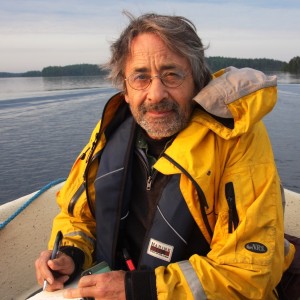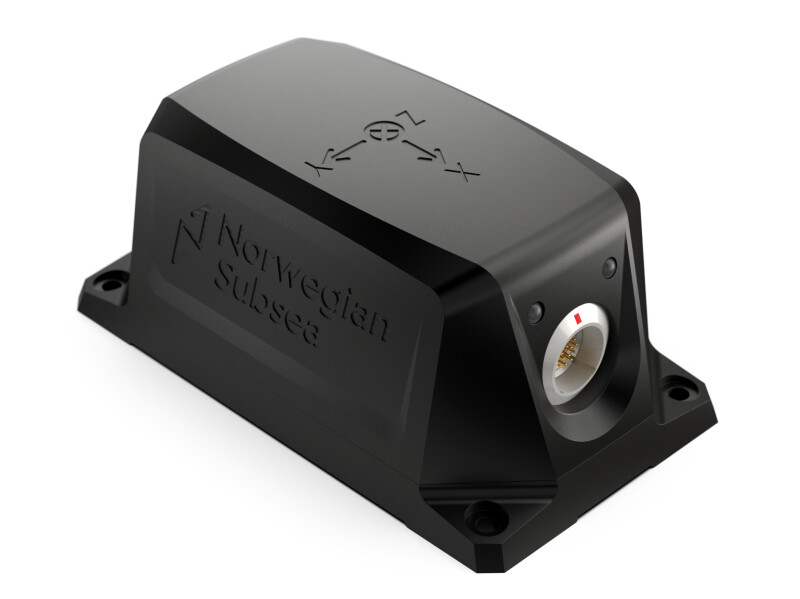Since 2006, WASSP multibeam transducers have given fishermen a wide-angle view of the water beneath them, making it easier to target schools of pelagic fish such as mackerel and herring.
Coupled with Furuno’s Time Zero bottom mapping software, the WASSP also gave scallopers and lobstermen a clear view of the seafloor.
In its most recent upgrade, WASSP has added a highly sensitive Motion Reference Unit (MRU) developed by the Norwegian company, Norwegian SubSea. “Pitch and roll have not been too difficult to correct for,” says Nick Fogarty, senior product manager at Electronic Navigation Limited, in New Zealand—which manufactures the WASSP. “It’s heave that has been tricky, but Norwegian SubSea’s algorithms do a bang on job of measuring heave in real world applications.”
Fogarty points out that within 40 kilometers (25 miles) from shore vessels can use real-time kinematic positioning (RTK) to measure heave. “The vessels going offshore are the ones that really benefit from the SubSea MRU.”
According to Norwegian SubSea’s product description, the Nordic company’s MRUs utilizes AI algorithms that can measure heave within 5 centimeters (2 inches), and measure pitch and roll to within .01 to .05 degrees. “What we had before was if you were mapping a rock and there was a lot of roll it would make it look like two rocks, and if there was heave it would put waves in the image,” says Fogarty. “With Norwegian SubSea unit a rock will appear as one rock and you can map the seafloor with greater accuracy.”
While Fogarty believes the WASSP with the Norwegian SubSea MRU integration will be beneficial to pelagic fishermen in terms of giving them a better sense of where the fish are in relation to the vessel and net, he suggest that the biggest payoff will be in bottom mapping. “We designed the first WASSP in 2006 for the New Zealand lobster fishery,” he says. “What they’ve discovered about lobster is that they don’t like to go over obstacles. They prefer to go around them. With more accurate mapping you can find those lobster highways and determine where to set your pots.”
Fogarty notes that with WASSP backscatter option, users can also determine bottom hardness, which can help them identify the most likely places to find target species—such as scallops. “For bottom trawlers, they know where there are hangs and they steer clear of them, but the more accurately they can map the bottom, the closer they can fish to those places.”
New Zealand fisheries are managed using quota systems, and according to Fogarty the faster you can harvest your quota the higher the profit. “The guys using the WASSP were getting their quotas quickly and word got around,” says Fogarty. “Now they’re waiting for this upgrade. We’re getting inquiries: What? When? How much?”
Besides using the WASSP for improved fishing, Fogarty adds that some fishermen are also collaborating with universities and regulators to conduct research. “They’re using them to conduct bottom surveys for other projects,” he says.







